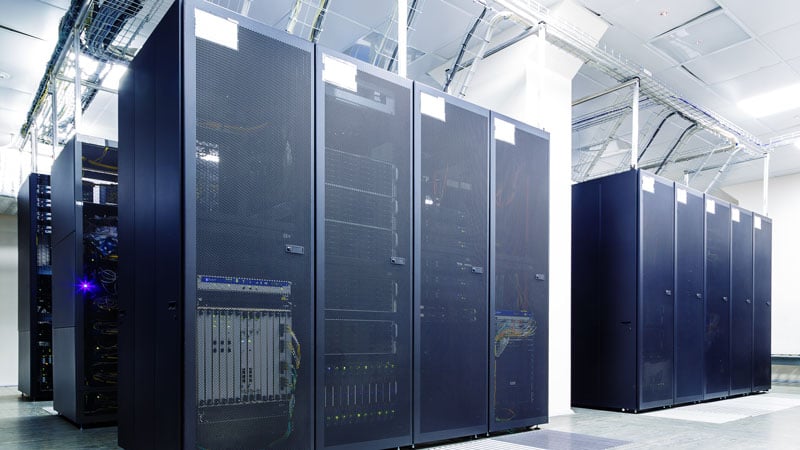In the last two years, the recurring theme in organizations and economies has been digital transformation. How we work, buy, and access services and entertainment has changed rapidly. According to the App Attention Index 2021 from AppDynamics, the number of applications people use on a daily basis has increased 30% compared to 2019.
Not only has the number of applications increased, but so has the number of devices connected to the Internet, thanks to the rise of IoT. Data from Statista determined that by 2030 there will be 29.4 billion devices connected to the network in the world. This means a greater volume of data that needs to be processed simultaneously.
Network edge computing has emerged as the key to reduced latency and improved user experience, bringing that data processing closer to where the data originates, rather than sending it on long journeys to data centers and the cloud.
Below, we have compiled the basic information about the versatility of the network edge and its application in industries.
How do edge computing and 5G complement each other?
Bringing data processing closer to its source is not enough to reduce the time between sending an instruction, generating an action, and returning to the device. The quality of the supporting network is equally important.
The 5G network offers higher capacities of speed, bandwidth and connectivity to reduce latency in data processing. This means 5G is the enabler of what edge computing intends to do. At the same time, edge data centers are key to bringing 5G network infrastructure closer to end users.
What practical uses can the edge network have?
One of the main challenges organizations face as they expand their use of edge computing is the sheer variety of potential emerging use cases. To simplify and speed the deployment of edge infrastructure, Vertiv has classified the most important edge use cases into four categories, or archetypes:
-
Data-intensive applications: These involve such a large amount of data that storage and computing layers are needed between the endpoint and the cloud. For example, smart factories, smart cities, high-resolution content delivery, and virtual reality.
-
Applications sensitive to human latency: Optimized services for human consumption or to improve the user experience, such as augmented reality, intelligent distribution, and natural language processing.
-
Applications sensitive to machine-to-machine latency: Like the previous archetype, but with a lower tolerance for latency by machines, for example, smart security systems that rely on image recognition, automated financial transactions such as stock trading, and electrical networks.
-
Crucial applications for life: Services that have a direct impact on health or safety and therefore require very low latencies and very high availability. Autonomous vehicles and telemedicine are two clear examples of this.
What does it mean to develop an edge environment?
The design of the infrastructure for an application at the edge of the network requires consideration of computing needs, a physical environment, power and thermal management requirements as well as physical security, remote monitoring, and management capabilities.
Fortunately, there is a movement to simplify and standardize purchasing processes. There are reference designs that provide integrated solutions to address the most common challenges in this environment. These designs can help operators to fast-track planning and minimize deployment time, while offering a complete critical infrastructure solution, including remote IT monitoring and management.
How to ensure safety at the network edge?
As with any critical data, data at the edge needs to be subjected to security best practices. Like any other IT area, it requires a defense strategy that re-enforces each entry point to prevent a breach.
This strategy focuses on the Secure Access Service Edge (SASE), a security model focused on infrastructure on the network edge proposed by Gartner in 2019 that combines security in the cloud, secure gateways and SD-WAN networks.
What is the impact of edge computing in Latin America?
The implementation of edge computing in Latin America is becoming more and more widespread, due to the possibilities it presents for the market. IDC shows this region is significantly increasing its investment in edge technologies, with a Compound Annual Growth Rate for the region of 16% in 2024.
The consultant estimates industries like manufacturing, banking, retail, telecommunications, and insurance stand to realize the largest impacts of network edge implementations in Latin America. Together, those industries accounted for 57% of the edge computing total market value in 2020.
According to the Development Bank of Latin America, 32% of the LATAM population does not have access to Internet services. For a region like Latin America, edge computing provides the promise of improving quality of service, as well as reducing the existing digital gap.






